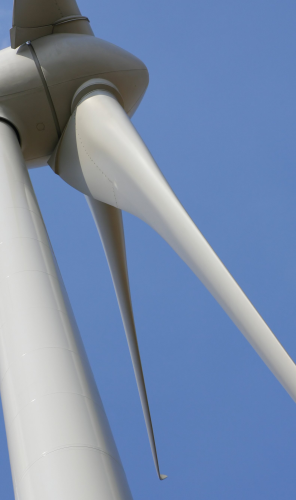
One processing practice which could radically improve blade quality while shortening process cycle times is automated components deposition. Today, building a blade with vacuum assisted resin transfer moulding (VARTM) is still a relatively time-intensive and somewhat error-prone process. Workers must first lay out all of the dry components in the mould, positioning fibre in various thicknesses at different places. Because people are involved, there is the potential for misalignments and wrinkles. These can compromise the integrity of the final composite product.
With automated components deposition, the fibre would be placed mechanically and monitored electronically, so that any necessary corrections could be made prior to the infusion process. This would make for much more predictable and repeatable parts. Increases in quality control would also allow for more complex blade designs.
Another area of material technology which shows real promise is the introduction of unique optimised resin systems for each of the blade’s primary components. In the past, the industry has had a 'one size fits all' approach to resin systems, which has required some compromises. As blades become bigger, and the performance of each part is examined more closely, blade designers and manufacturers will likely start to look at the weight, processibility and mechanical properties of each in isolation – and choose resin systems appropriately.
This article is an extract from the feature Big challenges: the role of resin in wind turbine rotor blade development, which was published in the January/February 2010 issue of Reinforced Plastics magazine. Read the complete feature here.




